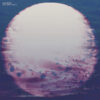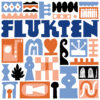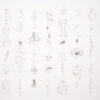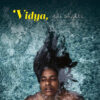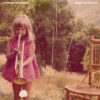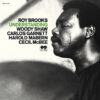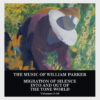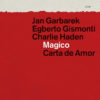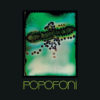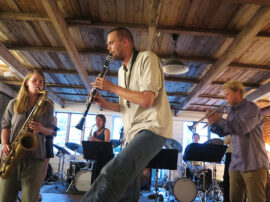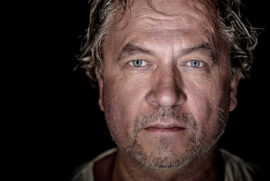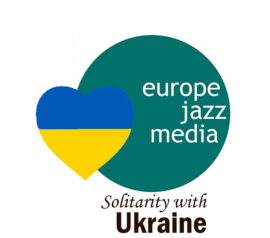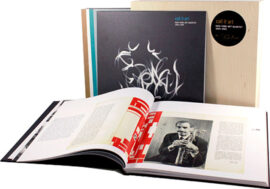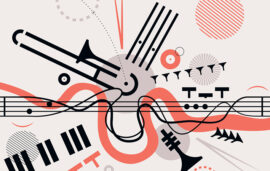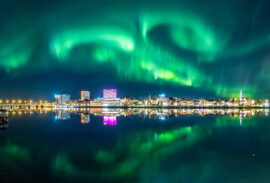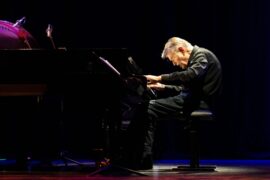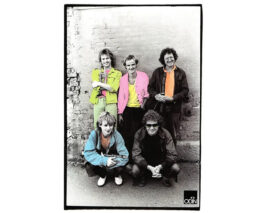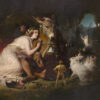
Swedish multi-instrumentalist-producer-composer Josefin Runsteen moves freely between genres and styles. She has toured with Scandinavian pop acts like Ane Brun and Jens Lekman, played with international acts like Damien Rice and Frank Ocean, and collaborated with the elite of the Swedish jazz – Mats Gustafsson’s Fire! Orchestra, Tonbruket and Mariam the Believer. «HANA – Three Bodies» is Runsteen’s debut solo album, originally composed as a soundtrack to the Japanese modern, minimalist Butoh dance piece by Swedish choreographer-dancer Frauke (aka Caroline Lundblad), who toured Asia and Europe with this dance piece in 2019.
The dance piece as well as Runesteen’s composition for «HANA» (flower in Japanese) represents the innate intelligence of nature and attempts to depict the flower as it manifests in all five elements: air, fire, earth, water and void. Runsteen composed a detailed electronic soundtrack, recorded different locations – in her apartment in Stockholm, in Paris when she was visiting a friend, in northern Italy in a castle, at airports, train stations all over Europe, in a concert hall somewhere in Norway and in Fårö, Gotland – and in a way, depicting her own experience with the distinct nature’s element.
«HANA» features five cinematic, evocative soundscapes, connected as a suite that relates to the cycles and rhythms of nature, and relies on minimalist and distant dance beats that transform the austere spirit of the Japanese Butoh dance into western stages. The suite begins with the exotic, addictive drone «Secret Garden», with the inspiring sounds of bird song, representing the void; It blossoms gently into an ambiance of electronic beats on the «Coldburn», representing water, intensified by the processed pulse of stormy rain; «Bloom», representing fire, reaches the dramatic climax of the suite and is the only soundscape that borrows Japanese-tinged, string-instruments themes, sounding like the traditional biwa and shamisen, and layered in a nuanced narrative; «Sakura» (cherry in Japanese), representing earth, spins the drama into an enigmatic, ritualist dance, soon morphing into an alternative song and later into a kind of sacred hymn; The last «Banyan», representing air, offers a peaceful conclusion, with excerpts of Krishnamurti’s poetry, and the soft, suggestive singing vocals of Runsteen, floats over distant dance beats. The cover art by English painter Edwin Landseer (based on A Scene From Midsummer Night’s Dream. Titania and Bottom, 1851, from the National Gallery of Victoria, Melbourne Australia), intensifies the mysterious atmosphere of this immersive and arresting composition.
Eyal Hareuveni
Josefin Runsteen (vio, viola, mandolin, mandola, harp, g, p, synth, b, dr, perc, v, eff)

